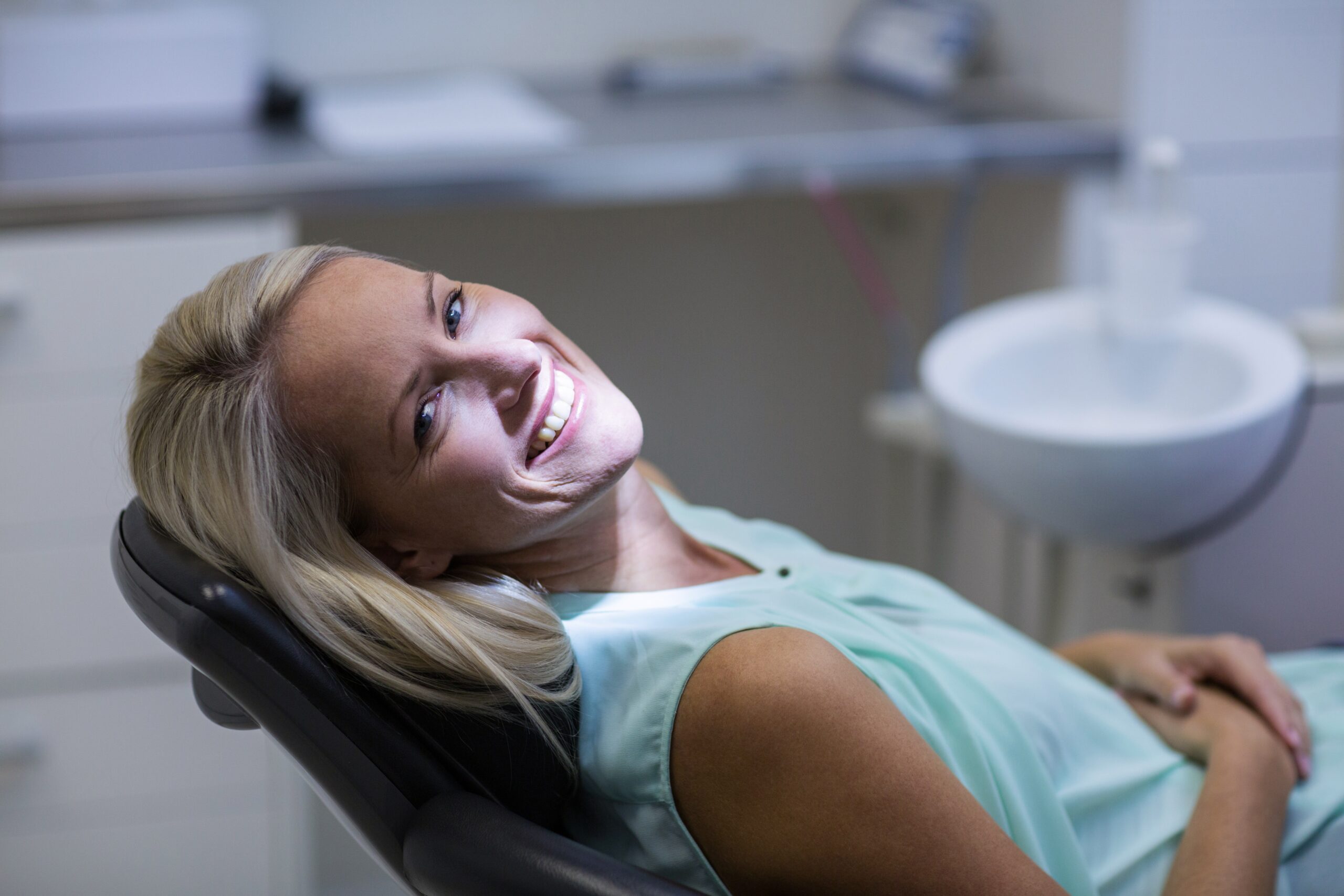The Bone Grafting Process at Sunrise Dental
Your dental bone grafting journey begins with a thorough evaluation using advanced 3D imaging technology. This detailed imaging allows us to assess your bone growth and structure precisely, determining the exact location and amount of grafting material needed. We carefully plan each procedure to ensure predictable results while minimizing recovery time.
During the procedure, we prioritize your comfort using advanced anesthesia techniques and sedation options when appropriate. The grafting material is placed and secured in the target area, sometimes near an empty tooth socket, and is supported by specialized membranes that promote a successful healing process. Our precise surgical techniques help ensure successful new bone formation while reducing discomfort after surgery.
Following the procedure, we provide detailed aftercare instructions and monitor your healing process over several months. During this time, new bone growth occurs as the graft material integrates with your human bone. Our team ensures every step supports long-term success and prepares your mouth for future dental work.
Types of Bone Grafting Procedures
At Sunrise Dental, we offer various bone grafting techniques to address different clinical situations. Socket preservation grafting helps maintain bone volume immediately after tooth extraction, preventing the natural bone loss that typically occurs. Ridge augmentation can rebuild areas where bone loss has already occurred, creating adequate width and height for implant placement.
For patients needing implants in the upper back jaw, we may recommend a sinus lift procedure. This specialized technique adds bone height in the area of the sinus cavity, creating sufficient space for successful implant placement. Our expertise in these various approaches allows us to choose the most appropriate technique for your specific situation.
Benefits of Professional Bone Grafting
Professional dental bone graft procedures at Sunrise Dental offer a range of benefits beyond implant support. They help replace bone lost due to gum disease, injury, or tooth loss, preserving your jawline and facial structure. By reinforcing healthy bone, grafting also improves implant longevity and stability.
Patients often experience improved alignment of remaining teeth, prevention of further bone loss, and support for gum tissue health. Many grafting materials used mimic naturally occurring minerals, further supporting natural integration with your body. Whether sourced from your own body or other reliable sources, bone grafting supports both function and aesthetics for long-term oral health.

